Class 10 Science Practice Question Answers - Circulatory System
| Table of contents |

|
| Fill in the Blanks |

|
| Match the Columns |

|
| True or False Statements |

|
| Very Short Answer Type Questions |

|
Fill in the Blanks
1. A mineral that helps in the formation of RBCs is _________.
2. Blood vessels with thin walls and no muscles are _________.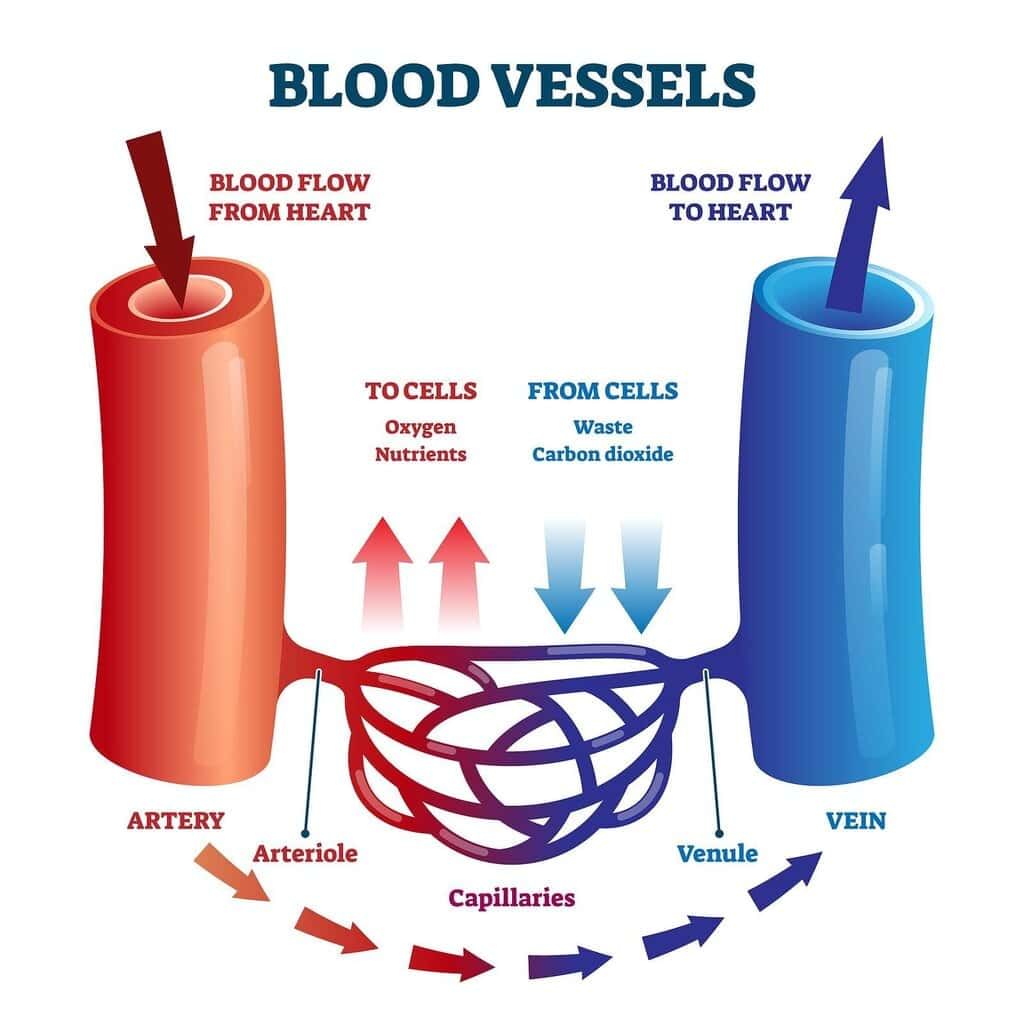 3. The first heart sound is called _________.
3. The first heart sound is called _________.
4. Fishes have a _________ chambered heart.
5. Amphibians have a _________ chambered heart.
6. The _________ heart pumps only deoxygenated blood.
7. Blood goes through the heart twice during each cycle is called _________.
8. High blood pressure is called _________.
9. The force that blood exerts against the wall of a vessel is called _________.
10. Contraction of the heart chambers is called _________.
11. Relaxation of heart chambers is called _________.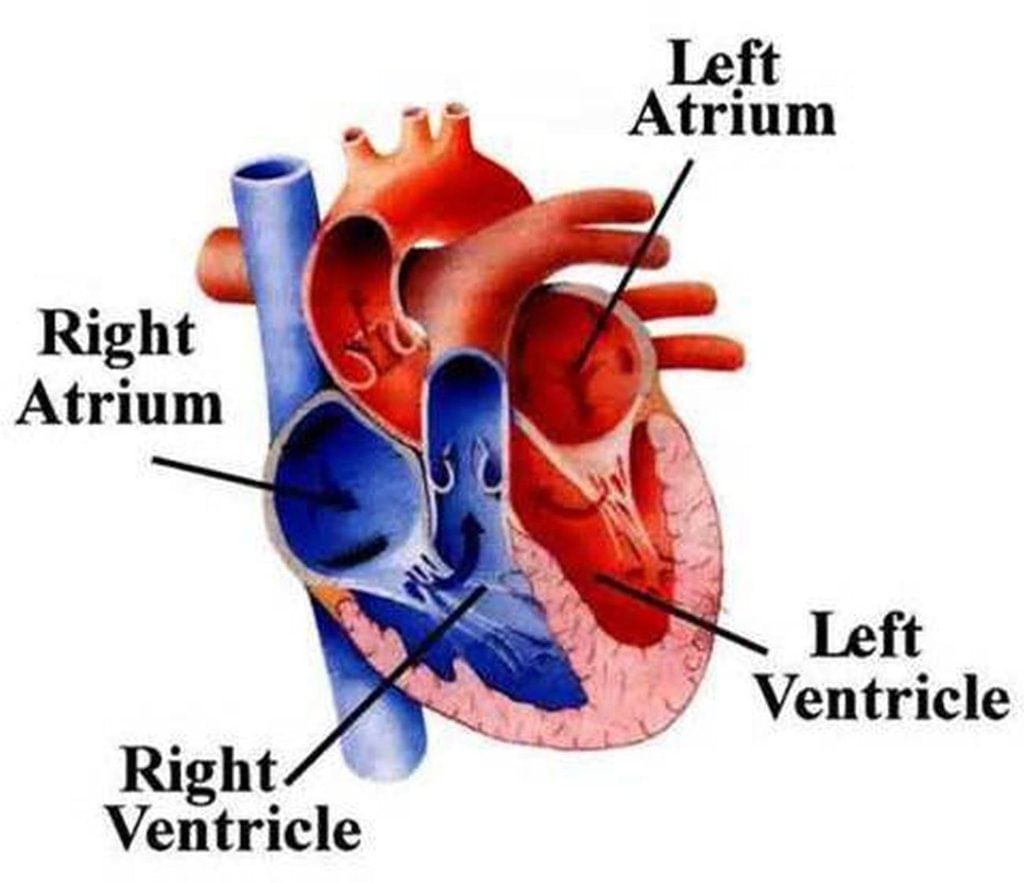 12. _________ helps in blood clotting.
12. _________ helps in blood clotting.
13. White colored fluid other than blood that helps in transportation is called _________.
14. Lymph carries digested and absorbed fat from _________.
15. Lymph drains excess fluid from extra cellular space back into _________.
16. Lymph drains into _________ for the intercellular spaces.
17. Lymphatic capillaries join to form _________.
18. The pumping organ in the human body is _________.
19. The fluid medium of blood is called _________.
20. Oxygen is carried by the _________.
21. Blood platelets are also called _________.
22. Covering over heart is called _________.
23. _________ circulation is related to the lungs.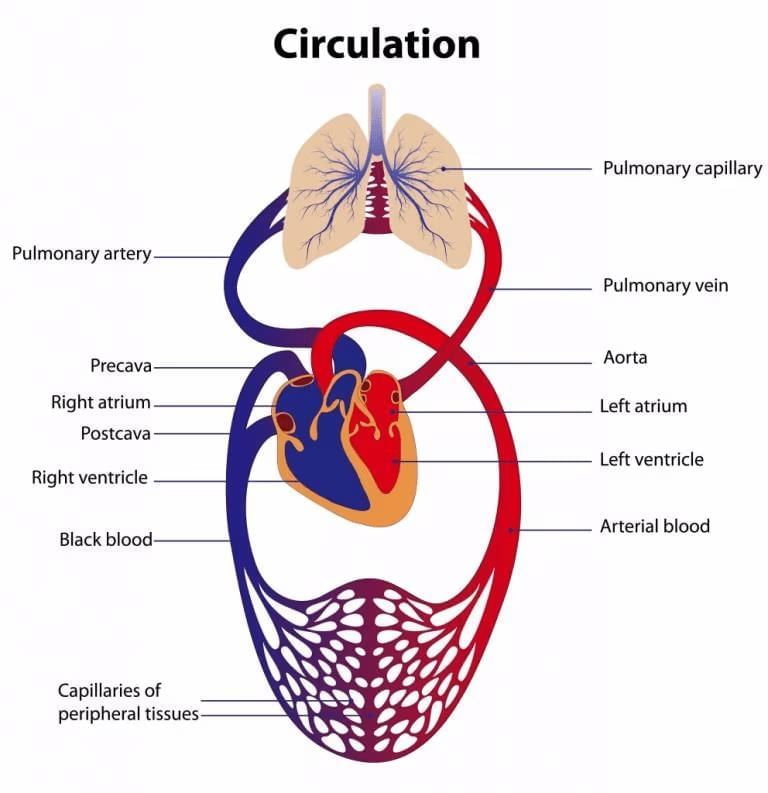 24. The series of events that occur during one complete beat of the heart is known as the _________ cycle.
24. The series of events that occur during one complete beat of the heart is known as the _________ cycle.
25. The pressure wave transmitted all through the arterial system is known as _________.
Answer.
1. Iron
2. Capillaries
3. Lub
4. Two
5. Three
6. Fishes
7. Double circulation
8. Hypertension
9. Blood pressure
10. Systole
11. Diastole
12. Platelets
13. Lymph
14. Intestine
15. Blood
16. Lymphatic capillaries
17. Lymph vessels
18. Heart
19. Plasma
20. RBC
21. Thrombocytes
22. Pericardium
23. Pulmonary
24. Cardiac
25. Pulse
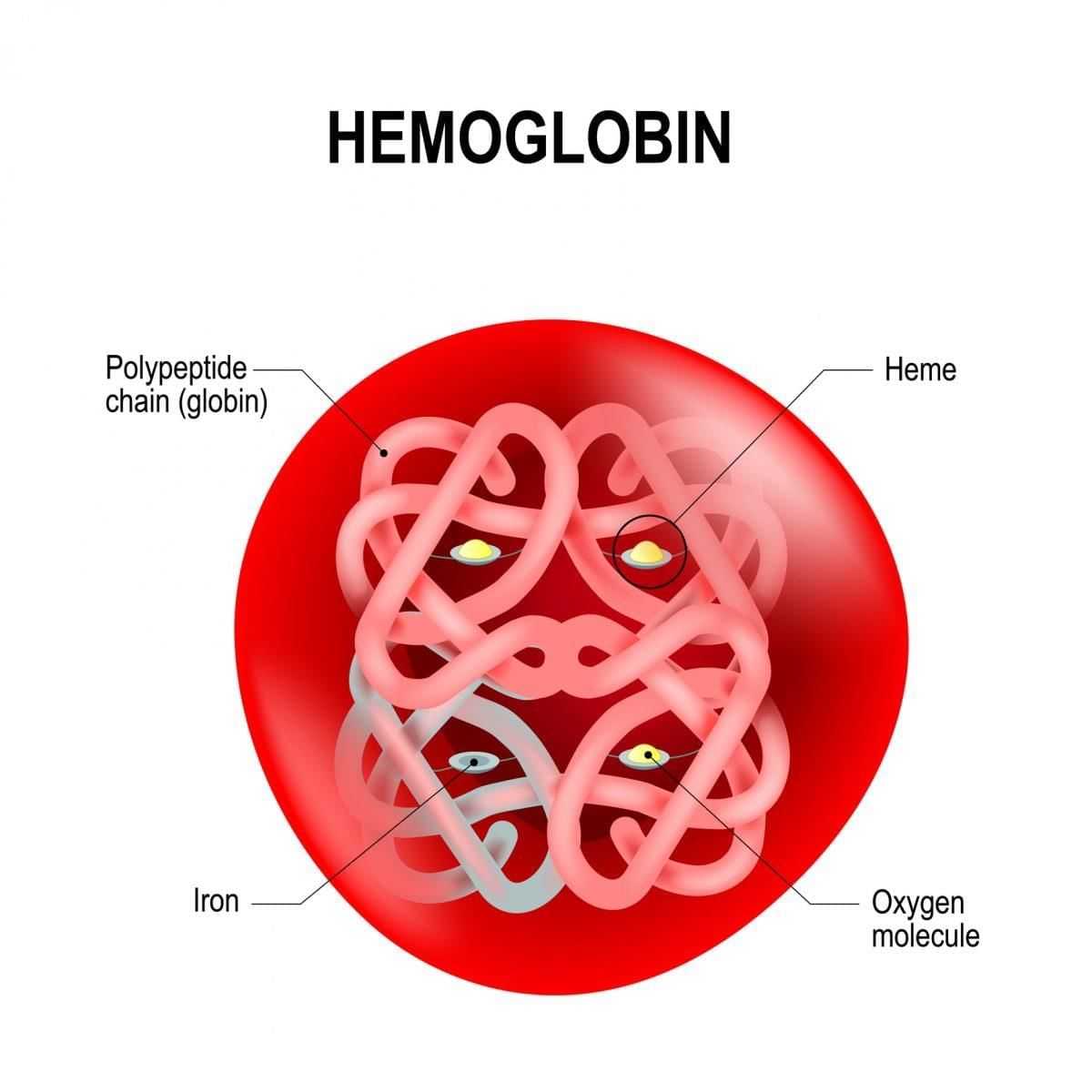
Match the Columns
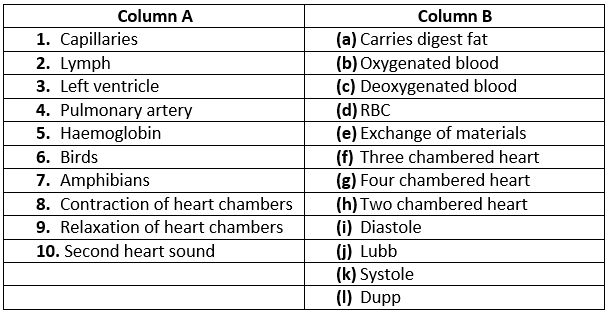
Answer.
1 → (e)
2 → (a)
3 → (b)
4 → (c)
5 → (d)
6 → (g)
7 → (f)
8 → (k)
9 → (i)
10 → (l)
True or False Statements
1. Vessels are able to contract and expand. (True)
2. While there is only one type of RBC, there are many white cell types. (True)
3. All animals have a system of vessels and tubes called a circulatory system. (True)
4. Blood is not a tissue because it is a fluid. (False)
5. Arteries are the widest blood vessels. (True)
6. Humans have an open circulatory system. (False)
7. The exchange of nutrients and waste products between the blood and cells occurs within the arteries. (False)
8. The liquid portion of the blood is called plasma. (True)
9. Living organisms must maintain a constant internal environment. (True)
10. The circulatory system also performs the function of homeostasis. (True)
Very Short Answer Type Questions
1. Name the blood-receiving chamber of the heart.
2. What makes RBCs red?
3. What is pulmonary circulation?
4. Which chamber of the heart has the thickest wall?
5. Name the larger veins that pour blood into right auricle.
6. Name the largest artery of our body.
7. Which chamber of heart receives oxygenated blood from lungs ?
8. Name the valve present between the :
(a) left auricle and left ventricle
(b) right auricle and right ventricle
9. What is normal blood pressure?
10. Name the artery that carries deoxygenated blood and the vein that carries oxygenated blood.
11. What is SA node?
12. Which instrument can record electrical changes during heart beat ?
13. Name the thickest artery.
14. Name the part of the circulatory system that acts as filter for microorganisms.
15. Name the major circulation present in our body.
16. Give the technical term for the white vascular connective tissue.
17. What is the life span of human RBCs ?
18. Why is blood called river of life ?
19. Give the position of human heart ?
20. Why there is no backflow of blood from ventricles to auricles ?
Answer Key:
1. Right auricle
2. Haemoglobin
3. In this, blood completes its circulation from right ventricle to left auricle through the lungs.
4. Left ventricle
5. Superior and inferior vena cava
6. Aorta
7. Left auricle
8. a. bicuspid valve
b. tricuspid valve
9. 120/80 mm Hg
10. pulmonary artery, pulmonary vein
11. Sinoatrial node (pacemaker of the heart)
12. Electrocardiograph
13. Aorta
14. Lymph nodes
15. Systemic circulation
16. Lymph
17. 120 days
18. because it transports the materials and helps in survival of the organism.
19. In thoracic cavity between the lungs
20. due to the presence of atrioventricular valves.
|
80 videos|569 docs|80 tests
|
FAQs on Class 10 Science Practice Question Answers - Circulatory System
| 1. How is transportation carried out in human beings? |  |
| 2. What role does the heart play in transportation in human beings? |  |
| 3. How do blood vessels contribute to transportation in human beings? |  |
| 4. What is the importance of red blood cells in the transportation process in human beings? |  |
| 5. How are waste products removed from the body in the transportation system of human beings? |  |
















